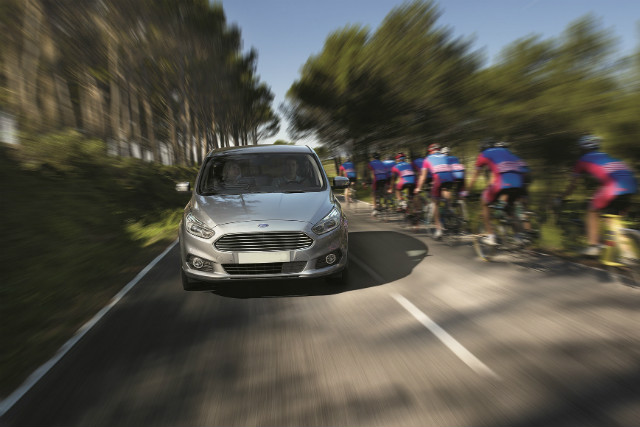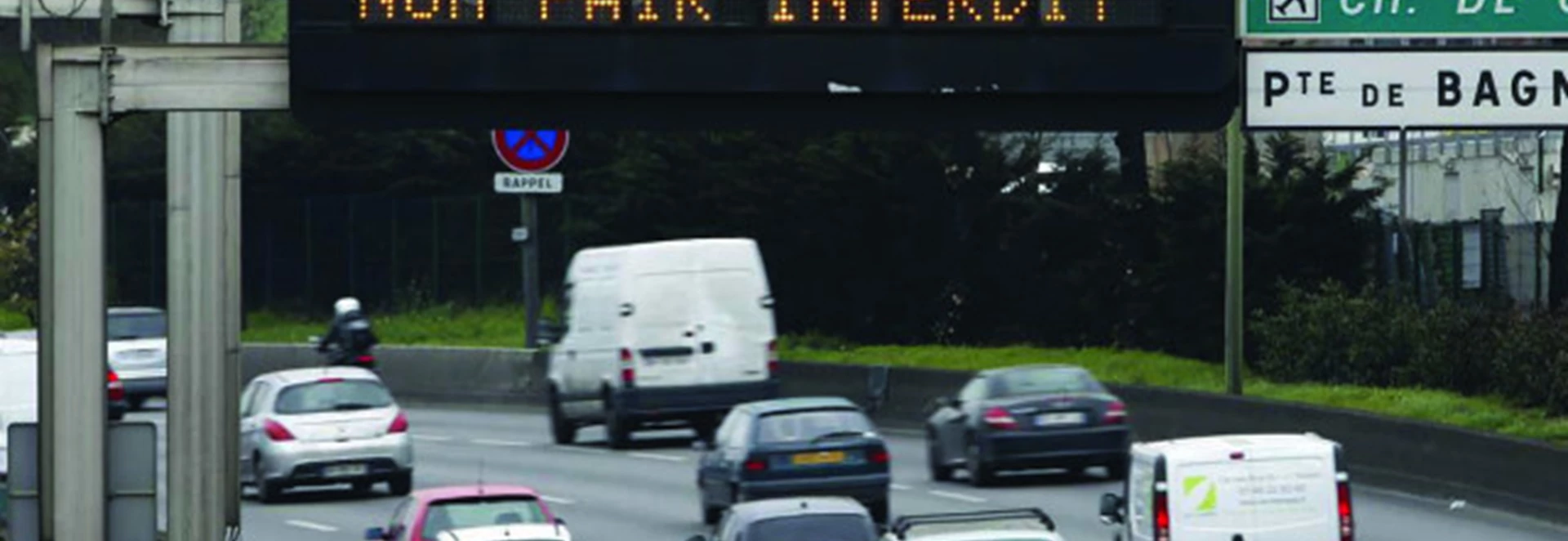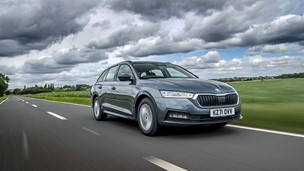Do you plan to drive abroad soon? Then you’ll need to make sure that you’ve got the appropriate documents sorted out so that it’s legal to drive in whatever country (or countries) you’re visiting.
If there’s anything you’re unsure about when it comes to preparing for driving abroad, then this guide can help you out with what you need to know.
Using your driving licence abroad
If you own a UK driving licence, then you can use this to drive in other countries within the EU/EEA (the European Union and European Economic Area).
However, if you intend to drive in a country outside of the EU/EEA, you’ll require an International Driving Permit (IDP). You can apply for one of these from several companies, such as the Post Office. An IDP usually costs £5.50 and is valid for 12 months. You must be at least 18 and have a full driving licence to get an IDP.
Also bear in mind that while the minimum driving age in Britain is 17, it could be higher in other countries, so it might be worth checking what the rules are in the country you’re visiting.
Insurance for driving abroad
Your current insurance may cover you for driving outside of Britain but you will have to check this first before you start doing that.
It’s a good idea to inform your insurer that you will be travelling in a car overseas, as they can confirm whether you’re covered or not. If necessary, the insurance provider should automatically extend your cover for driving anywhere in the EU, but this will probably just be the most basic, third-party insurance cover.
If an insurance extension for across the EU isn’t added automatically, you might still be able to add European cover as a paid optional extra. This usually covers a driver for up to 30 days. Some insurance providers, however, may put a cap on the number of days you’re covered in other EU countries, however, so it’s worth checking the small print on your policy.

The Green Card
The Green Card is an internationally recognised document that acts as proof of insurance in and outside of Europe. It’s actually not needed anymore in a lot of European countries, but having one on you anyway will make it easier if you have to put in an insurance claim or exchange details with another driver or the police while abroad. Check in advance if a country you’re planning to drive in legally requires a Green Card.
If you need a Green Card for where you’re going, ask your insurance provider to issue you one.
Other things to bring when driving abroad
Something else worth checking on your insurance policy is whether it has European breakdown cover already included, or at least available as an upgrade.
Wherever abroad you’re driving, make sure you’ve got the following onboard with you: your driving licence, car registration document (V5C), relevant insurance documents, contact details for your insurer and an authorisation letter if you’re driving a hire car.
You might need some additional items with you as well, depending on the driving laws of the country you’re visiting. For instance, did you know that drivers in France are required at all times to have a high visibility jacket, a breathalyser and a warning triangle in their vehicle? It’s always worth checking the driving laws in the country you’re visiting so you won’t get caught out by details such as these.




